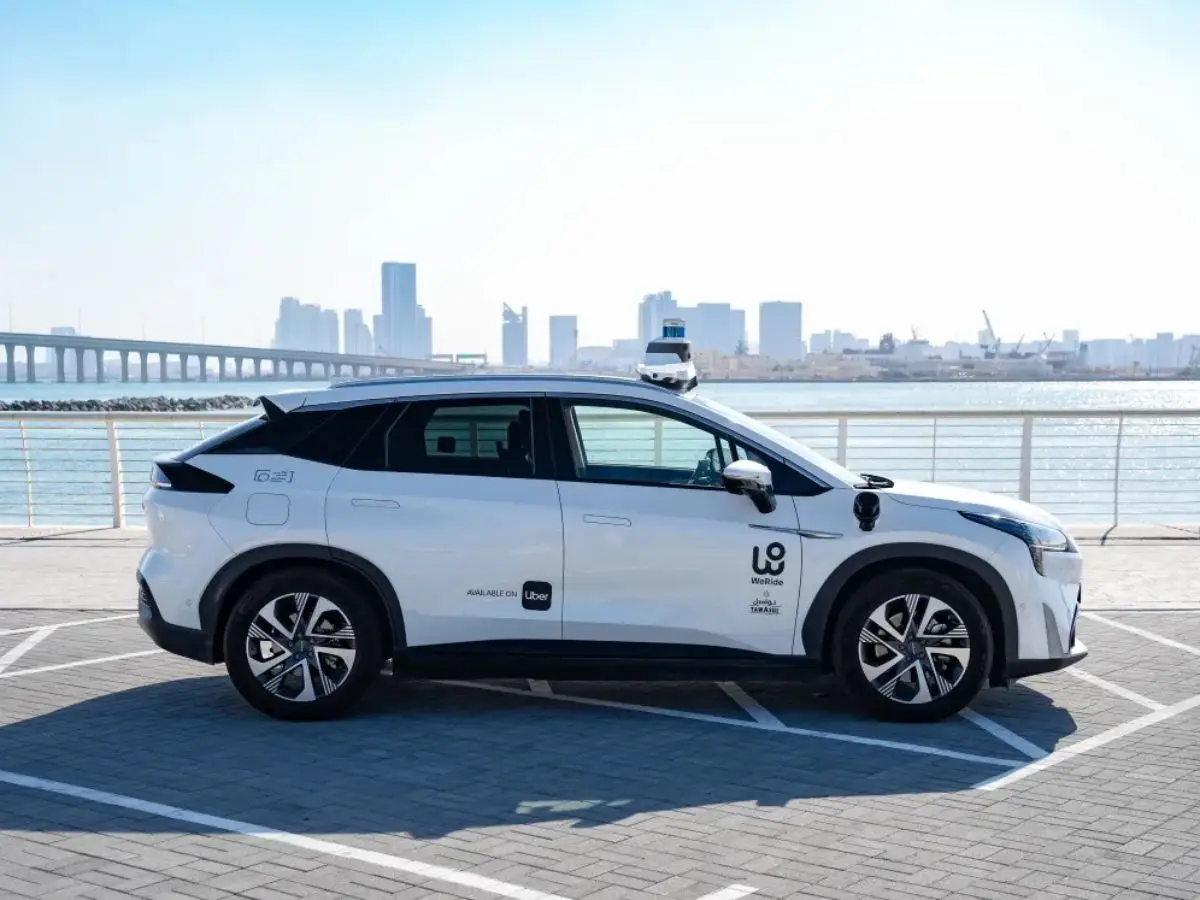Assume you’re finally relaxing with your favorite Netflix series. Just as the plot thickens, the screen freezes-not for a cliffhanger, but for an ad.
Not just any ad, but one crafted by artificial intelligence, tailored to your mood, the show’s theme, and even the exact moment you hit pause.
Welcome to the future of streaming, where Netflix is doubling down on ads and leveraging AI to make them more “relevant”-and, for many, more intrusive than ever.
The Rise of AI-Generated Ads on Netflix
Netflix, once a sanctuary from traditional TV commercials, is now embracing them with a high-tech twist.
Starting in 2026, the streaming giant will roll out AI-generated ads that appear not only in the middle of your favorite show but also whenever you press pause.
These aren’t your average commercials. Powered by generative AI, they promise to be hyper-targeted, drawing on your viewing habits, the content you’re watching, and even your emotional state.
Amy Reinhard, Netflix’s president of advertising, recently stated, “The foundations of our ads business are in place, and going forward, the pace of progress will be even faster.”
For subscribers, this “progress” means ads will be more personalized-and harder to ignore.

How Does This Compare to Traditional Streaming Ads?
Let’s break down how Netflix’s AI-powered approach stacks up against the old-school ad model:
| Feature | Traditional Streaming Ads | Netflix’s AI-Generated Ads (2026) |
|---|---|---|
| Placement | Scheduled breaks | Mid-show, pause moments |
| Personalization | Basic demographics | Real-time, viewer-specific, mood-based |
| Technology | Manual targeting | Generative AI, proprietary ad tech |
| Viewer Control | Skip/limited interaction | Fewer skip options, context-driven |
| Privacy Concerns | Moderate | High (uses detailed viewer data) |
While traditional streaming ads rely on broad demographics, Netflix’s new system uses its vast trove of viewer data to match ads to individual tastes, show genres, and even specific scenes.
This means you might see an ad for a horror movie right after a jump scare in “Stranger Things” or a travel ad when you pause during an episode set in Paris.
Key Insights: Why This Feels Worse for Viewers
1. The Illusion of Choice Is Gone
Netflix’s ad-supported tier was initially pitched as a budget-friendly option for those willing to tolerate a few interruptions.
Now, even the act of pausing-a rare moment of control-triggers an ad, making the experience feel more invasive than ever.
2. AI Knows Too Much
The promise of “relevance” comes at a cost: privacy. Netflix’s AI analyzes not just what you watch, but when, how often, and even your likely mood. For many, this level of surveillance feels unsettling, especially when it results in eerily targeted ads.
3. Viewers Are Pushing Back
Social media is already buzzing with threats to cancel subscriptions over these changes. The irony isn’t lost on fans: Netflix’s own “Black Mirror” warned of a future where ads are omnipresent and personalized to a dystopian degree.
4. The Broader Industry Impact
Netflix isn’t alone-AI-driven advertising is sweeping the streaming world. But as the platform with over 300 million paid households and 700 million viewers, Netflix’s choices set the tone for the entire industry. If this model proves profitable, expect others to follow suit.
As a longtime Netflix subscriber, I remember when binge-watching meant uninterrupted escapism. The introduction of ads was already a bitter pill, but the idea of AI-crafted, context-aware commercials feels like a step too far.
The magic of streaming was always about control-watching what you want, when you want, without interruption. Now, even the pause button isn’t safe.
Final words
Netflix’s embrace of AI-generated ads is a bold bet on the future of advertising. For advertisers, it’s a goldmine of data-driven targeting. For viewers, it’s a reminder that in the age of AI, even your downtime isn’t off-limits.
As 2026 approaches, the big question is whether subscribers will accept this new normal or decide that enough is enough.







